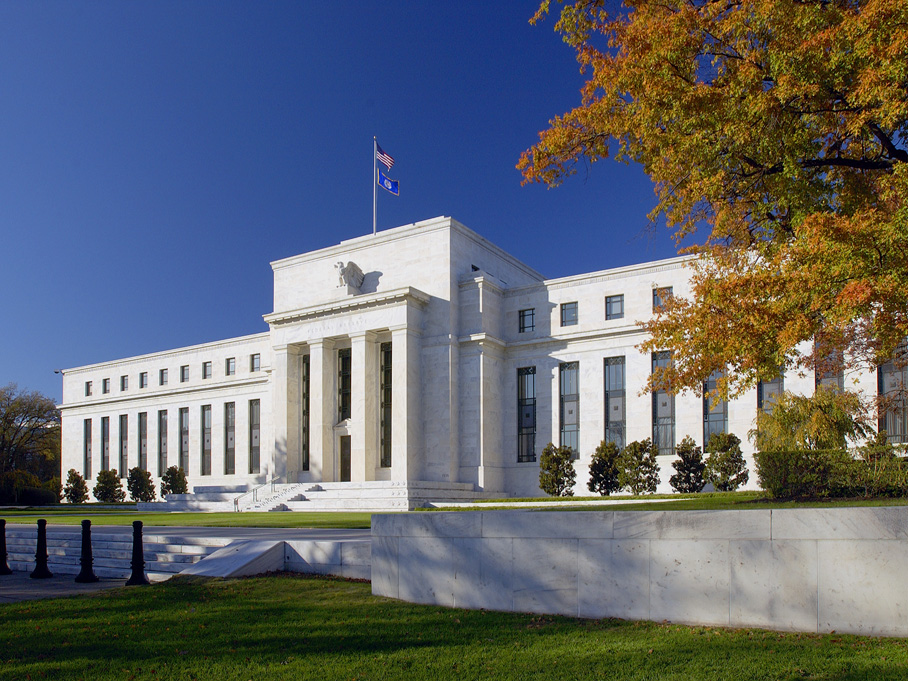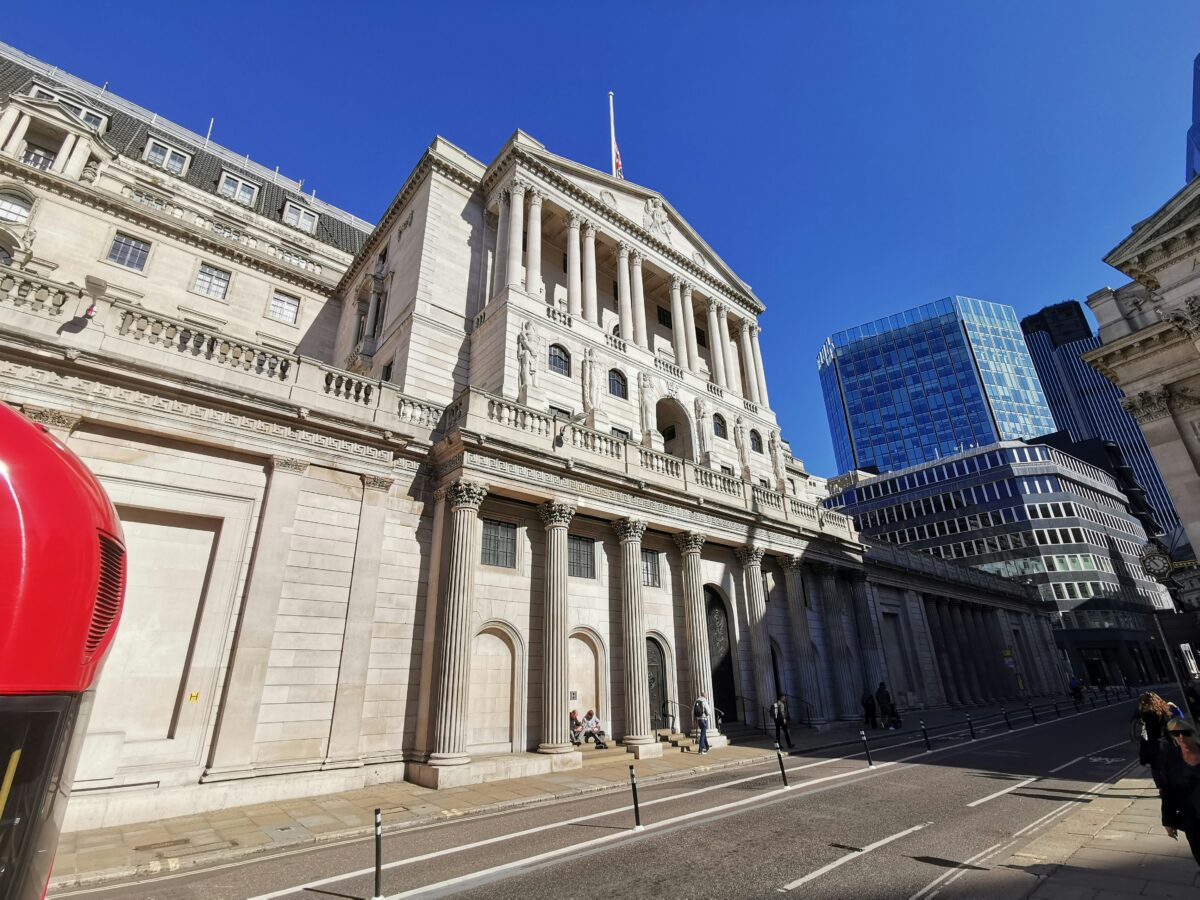Geoff Yu, senior markets strategist at BNY, comments on a prediction that the pound is on course to reach its highest level since 2021 against the dollar saying:
“Sterling’s recent rise can largely be attributed to the divergence in interest rate outlooks. The Fed cut 50bp and will continue to ease up ahead, whereas the Bank of England is proving more cautious about cuts. This shows a fundamental difference in the Monetary Policy Committee (MPC) and Federal Open Market Committee’s (FOMC) approach to the respective labour markets (and by implication, wage outlook) of the UK and the US.
“In the UK, given the dearth of accurate data due to ongoing response rate issues with the ONS’ labour force survey, the MPC is essentially flying blind but choosing to err on the ‘tight’ side. In other words, the balance of risks is skewed towards labour market and wage tightness, mostly due to high levels of economic inactivity in the UK. Consequently, inflation – especially services inflation – will likely remain high in the near-term. In contrast, the FOMC has an explicit labour market mandate and is now choosing to err on the weak side for the US labour market and associated inflation risks to the downside, which explains their ‘jumbo’ cut last week.
While we support the BoE’s approach to monetary policy, GBPUSD valuations are starting to look somewhat excessive. The Fed is clear that a “hard landing” is not the base case for the US economy and the performance of asset markets since points to renewed inflows into local equities and bond markets.
“Furthermore, the weak productivity growth of the UK economy points to more of a stagflationary outcome, which is broadly the market’s consensus on the current outlook. This is not conducive for asset allocation and could limit inflows, especially for USD-based investors who do not find GBP valuations attractive. Furthermore, the high exposure of the FTSE to overseas earnings also risks downside performance risk and could impact the UK’s financial account as well.
“On balance, we believe the Bank of England’s relatively tight monetary policy will support the pound, but we prefer to express this view versus similarly underperforming Continental economies and their currencies, such as a stronger pound against the euro and the Swedish krona.“







